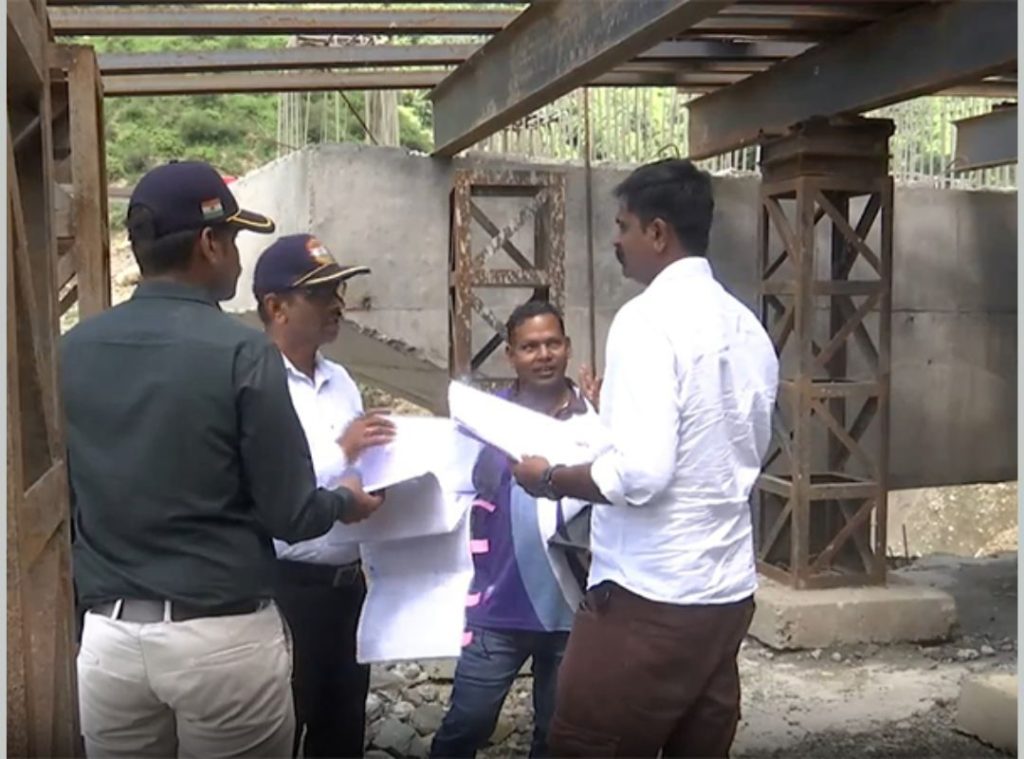
The ambitious Megha-Budhal-Mahore-Gool road project, a 114-kilometre double-lane highway cutting through the rugged Pir Panjal region, is progressing rapidly under the supervision of the Border Roads Organisation (BRO). With over 50 km already constructed, this strategically important corridor promises to revolutionize connectivity between Jammu’s remote hill districts Rajouri, Budhal, Gool, Ramban, and Reasi many of which were previously linked only by narrow, seasonal roads.
Once completed, the road will significantly reduce travel time by more than half, enabling quicker access for local residents and commercial transporters while enhancing economic activities and livelihoods in this underdeveloped region. Local reports already indicate that journeys that once took six hours are now being completed in just two.
Construction is currently underway on the project’s first two packages, and despite extreme terrain challenges including landslide-prone slopes, rocky surfaces, and frequent rain—BRO engineers and labourers continue to work relentlessly with heavy machinery deployed across the site. The development has also become a major employment driver, engaging thousands of local youth as engineers, drivers, machine operators, and labourers, thereby contributing to regional job creation and micro-economy growth.
In addition to the road, four new bridges are being built along the route to ensure year-round connectivity, especially during monsoon months when landslides often isolate hill communities. These infrastructure upgrades are expected to boost tourism, making the scenic Pir Panjal region more accessible to both domestic and international travellers.
The Megha-Budhal-Mahore-Gool highway is being hailed as a model project for Himalayan development, demonstrating how determined engineering and inclusive planning can overcome geographical barriers. Officials have reiterated their commitment to completing the project on schedule, while also acknowledging the difficulties posed by high-altitude conditions.
As Jammu and Kashmir continues to prioritize sustainable and inclusive infrastructure, this road stands out as a symbol of transformation, promising not just improved mobility but also new opportunities in tourism, trade, and rural development across the Pir Panjal frontier.

